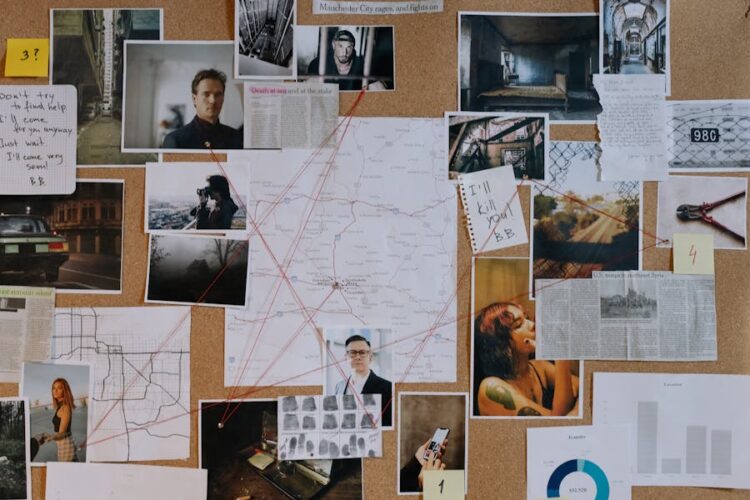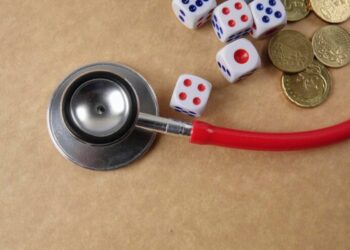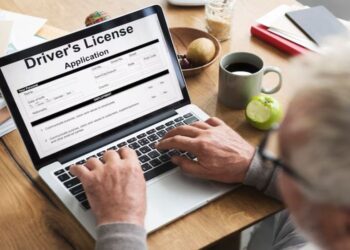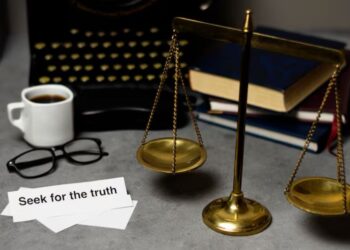After any personal injury accident, whether it’s a car crash or slip and fall, collecting strong evidence is essential for a successful lawsuit. This is especially important in places like Connecticut and Long Island, where legal processes can differ. Trantolo & Trantolo personal injury lawyers can offer valuable guidance. This guide outlines the key steps to gather evidence and strengthen your case for fair compensation.
Types of Evidence You Should Collect
Collecting the right types of evidence is vital for substantiating your claim and proving liability. Start by gathering documentation that shows the extent of your injuries, how they impact your daily life, and the details surrounding the accident.
Medical records are a very important piece of evidence. These documents include hospital bills, treatment records, and diagnostic reports that outline your injuries and the care you’ve received. They help establish the severity of your condition and how your medical treatment impacts your life.
Photographic evidence is also crucial. Take clear photos of the accident scene, vehicle damage, and any visible injuries. These images provide visual proof of the incident and its effects, helping to convey the circumstances of the accident.
Witness statements strengthen your case by offering additional perspectives on the incident. Collect the names and phone numbers of anyone who witnessed the incident and ask for their statements. Their testimonies can corroborate your account and offer unbiased viewpoints.
Police reports are another important source of information. These reports document the official details of the accident, including who was at fault. Obtain a copy of the report to support your claims and provide an authoritative record of the event.
Insurance documents should be carefully tracked. Keep records of your communications with insurance companies, including claim forms, settlement offers, and any related correspondence. These documents are crucial for managing your claim and addressing any disputes.
How to Gather and Preserve Evidence
Effectively gathering and preserving evidence involves several key steps. Start by documenting the scene immediately after the accident. Use your phone or camera to take comprehensive photos and videos of where the accident took place, vehicle damage, and any visible injuries. Capturing these details as soon as possible ensures they reflect the scene accurately.
Preserve all evidence related to your medical treatment and expenses. Keep detailed records of medical bills, prescription receipts, and any costs associated with your recovery. This documentation backs your claim for damages and helps measure the financial impact of the accident.
Maintain an organized file with all relevant documents, including accident reports, medical records, witness contact information, and insurance correspondence. Staying organized helps you and your attorney manage your case more efficiently and ensures no crucial information is overlooked.
How a Lawyer Can Assist in Evidence Collection
A personal injury lawyer is critical in gathering and managing evidence for your case. Their expertise can help to streamline the process and ensure you collect all necessary documentation. Here’s how a lawyer can help:
- Expert advice: A lawyer can guide you on which types of evidence are most important for your case and how to gather them effectively. They are well versed with the legal requirements and can help ensure all evidence is relevant and properly documented.
- Access to resources: Lawyers have access to investigative resources and expert witnesses who can provide additional support. They can help gather and present complex evidence, such as accident reconstructions or medical expert opinions.
- Negotiation skills: An experienced lawyer can use the evidence you’ve gathered to negotiate with insurance companies. They can advocate for you and secure the best settlement that reflects the full extent of your damages.
- Legal expertise: If your case goes to court, a lawyer’s experience is invaluable. They can present your evidence effectively, address legal challenges, and argue for your rights, increasing your chances of a successful outcome.
Strong Evidence and Your Personal Injury Lawsuit
Gathering the strongest evidence is essential for building a solid personal injury case. By collecting detailed medical records, photographic evidence, witness statements, police reports, and insurance documents, you can effectively support your claim and demonstrate the extent of your damages. Consulting with a personal injury lawyer can further enhance your case by providing expert guidance and managing the complexities of evidence collection. With a thorough approach to evidence, you can confidently pursue the compensation you deserve.










